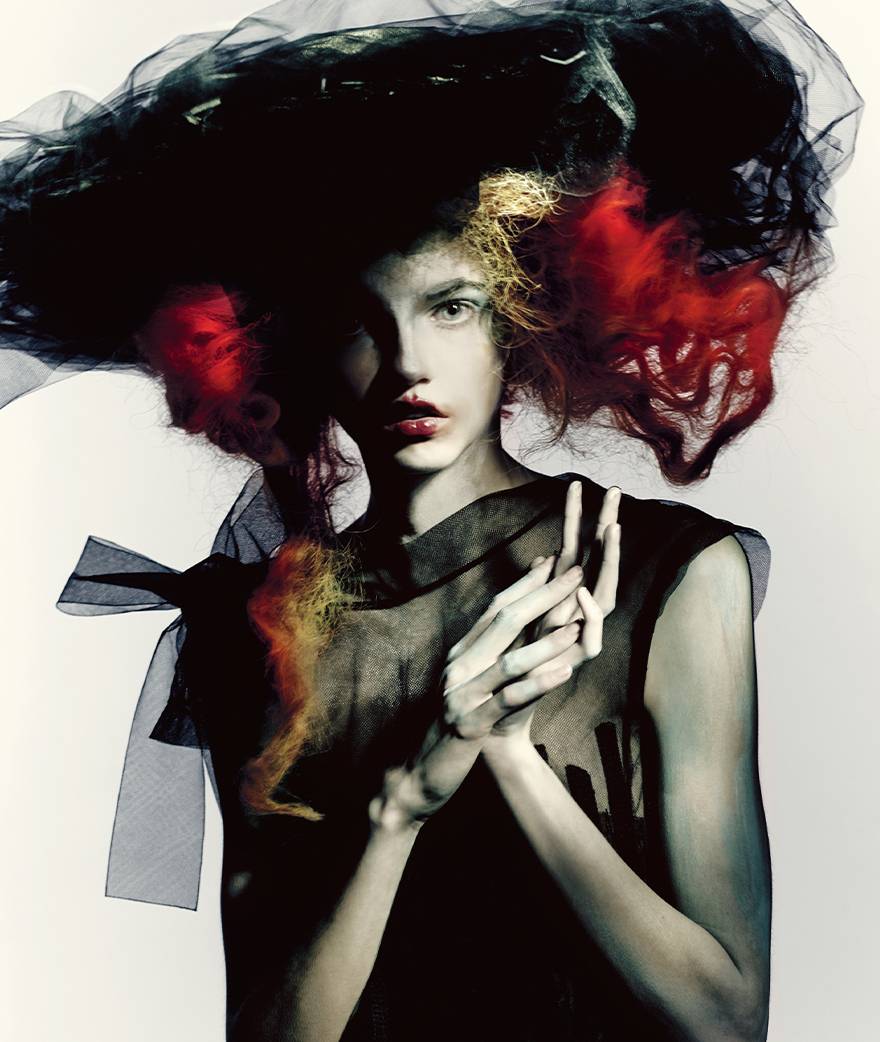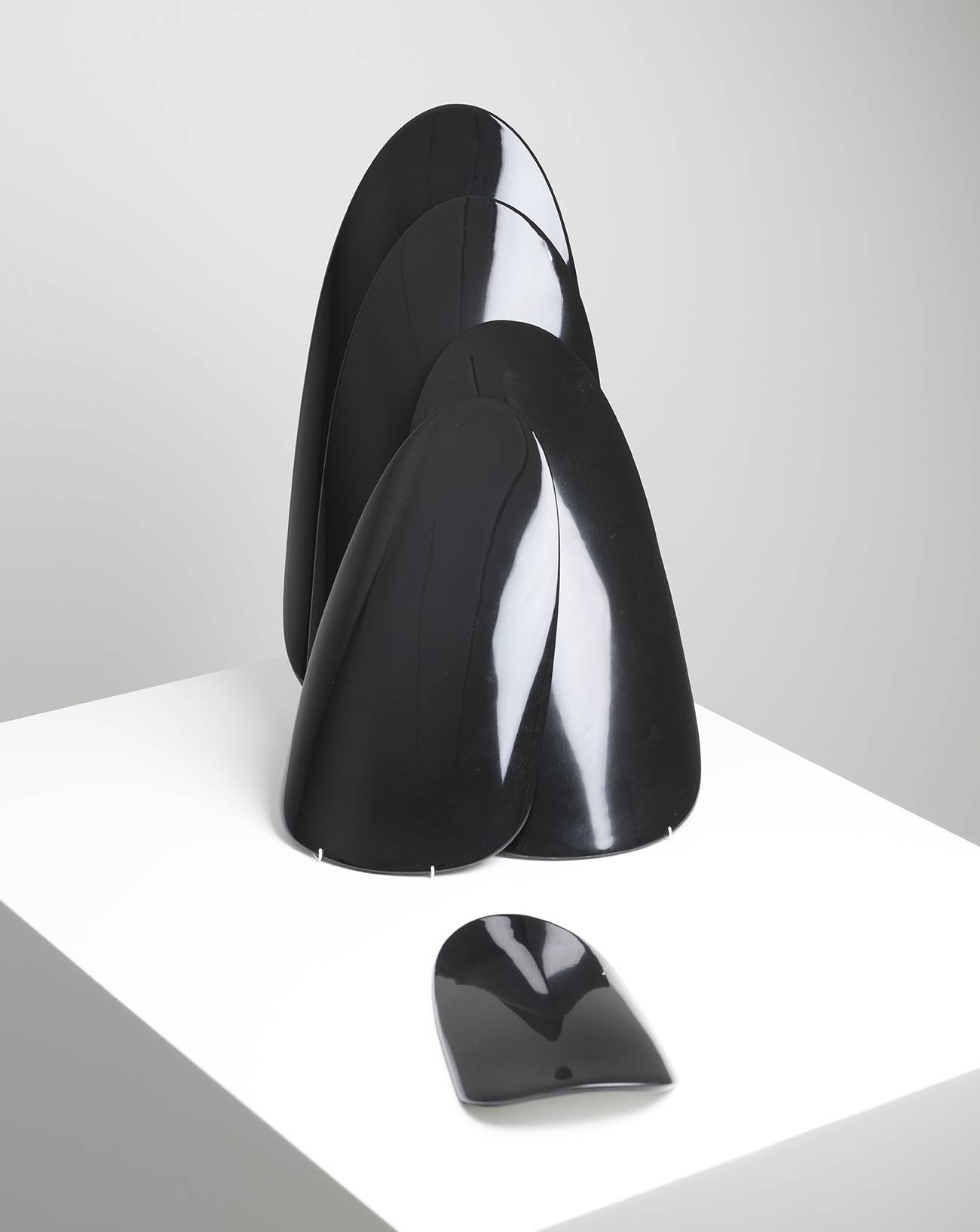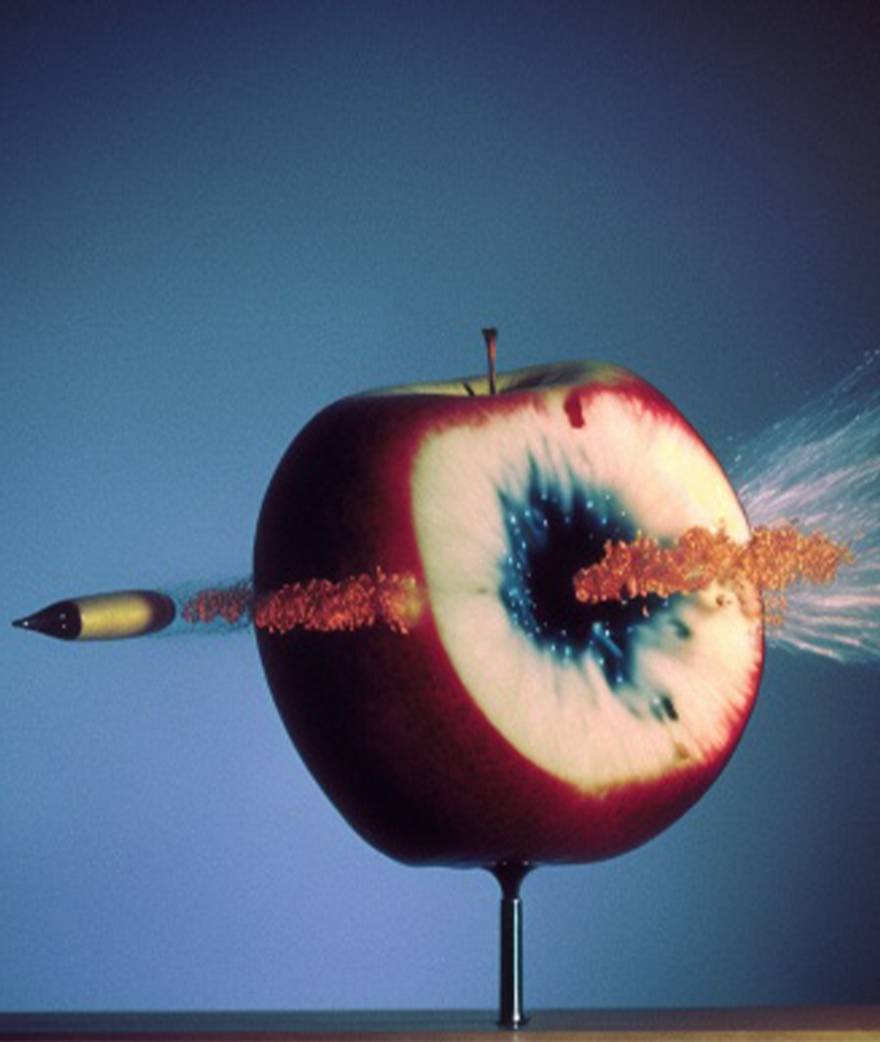

Oeuvre appartenant à la collection de la Fondation Louis Vuitton.
COPYRIGHT : © Zanele Muholi. Courtesy of Stevenson, Cape Town/Johannesburg
The “Art/Afrique exhibiton, le nouvel atelier” at the Louis Vuitton Foundation has many qualities. The first is the notion that there isn’t just one African art but multiple African arts. Rich and varied, it is clearly impossible to reduce African art to a single generalised label, as these three exhibitions reveal: “Les Initiés” regroups the most stunning pieces from the collection of Jean Pigozzi (one of the few collectors interested solely in artists from Sub-Saharan Africa). Then there's “Être là”, devoted to the contemporary scene in South Africa. And the final space features a selection of African works from the Louis Vuitton Foundation’s own collection.
And yes the socio-historical context of the continent is not forgotten: apartheid, post-colonialism, the violence…
Of course the references to the unique aesthetic history of Africa are present. Jean Pigozzi introduction to the exhibition with Romuald Hazoumé’s incredible masks are there to remind us. And yes the socio-historical context of the continent is not forgotten: apartheid, post-colonialism, the violence… But while the opening room of the show on South Africa has been devoted to the political (and angry) pieces by Jane Alexander and David Koloane, it leads us immediately to a video by the masterful William Kentridge about… the political operas of modern-day China.


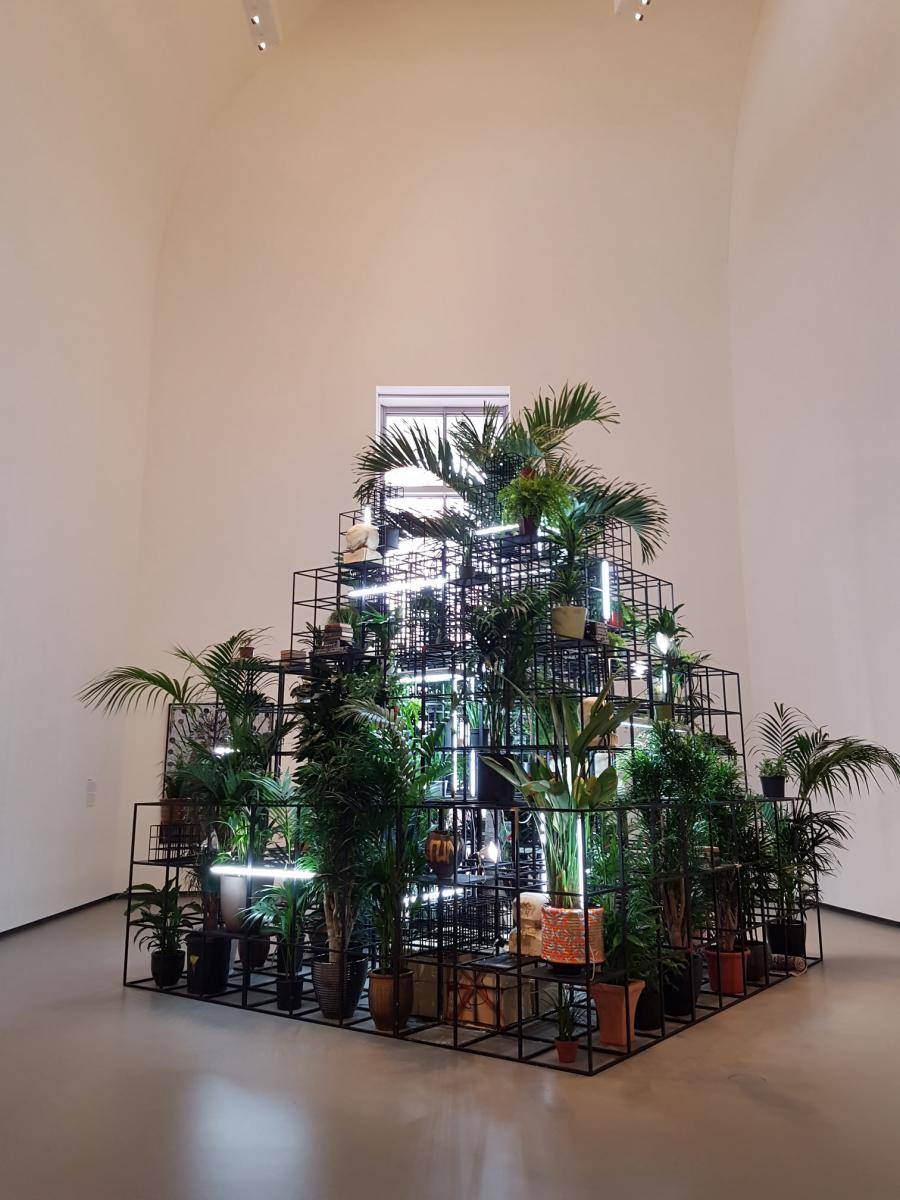
Rashid Johnson, “Plateaus”, 2014
Acier, peinture laquée, plantes, ciment, céramique, plastique, cuivre, bois brûlé, néons, matériel radio, beurre de karité, tapis, livres Steel, gloss paint, plants, ceramic, concrete, plastic, brass, burned wood, grow lamps, CB radios, shea butter, rugs, books 579,1 x 457,2 x 457,2 cm.
If African contemporary art is able to seize the aesthetic, historical and social peculiarities of the continent, it can also ask artistic and universal questions: those based around story-telling, the human body, gender, youth and history. While it might be the result of a local aesthetic story (as Jean Pigozzi’s collection so fully testifies), it can just as easily fit into the history of western art nourished by the great European and American masters. And although it does produce extraordinary masks and rugs, it’s also about photographs (the Louis Vuitton Foundation’s collection is most impressive) and video work. And has been for a long time... In reality contemporary African art can do everything, from local to global, from particular to universal, so much so ambivalence seems to be the key word.
In reality contemporary African art can do everything, from local to global, from particular to universal, so much so ambivalence seems to be the key word.
Artists from the African continent thus offer a rather beautiful lesson in humility to the West who might believe it is still the master aboard the boat of contemporary art. Not only does Africa produce exceptional artists but within its studio walls it’s in a position to deal with the question of globalisation, i.e. our époque, better than anyone else. “How do we live together with our differences and our identities? How do we build a common story from such a wide variety of histories and communities?” These are the questions African artists have been pondering for a long time, and through necessity.
“Art/Afrique, le nouvel atelier”. Until 26th august 2017 at the Fondation Louis Vuitton, 8, avenue du Mahatma Gandhi, Bois de Boulogne, 75116, Paris, France.


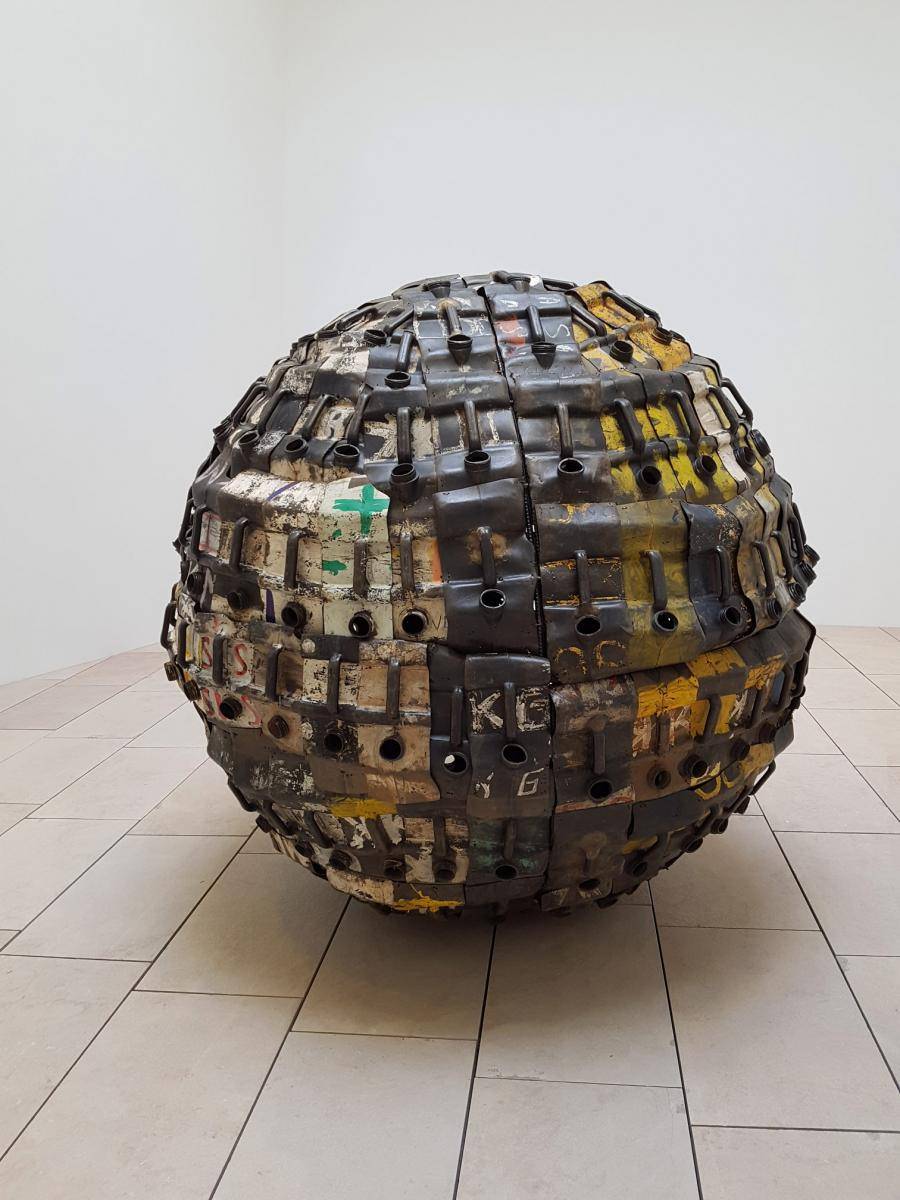
Romuald Hazoumè (1962, Bénin) “Exit Ball”, 2008
OEuvre appartenant à la collection de la Fondation Louis Vuitton.
© ADAGP, Paris 2017. Courtesy of Gagosian Gallery, Paris. Photo Thomas Lannes


